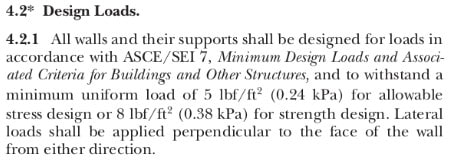nivoo_boss
Structural
Hey everyone!
So I have to solve a problem with a firewall between two buildings. I cannot tie it to the buildings on both sides so it has to be free-standing. I'm thinking about 240 mm CMU filled and reinforced blocks but even just with these the slenderness is about 2,8 times over the allowed slenderness by EC6.
What might be the solution here? Piers? How to design the piers - as RC columns perhaps? The support moment from wind is not too much, design moment is around 14 kNm/m at the base.
So I have to solve a problem with a firewall between two buildings. I cannot tie it to the buildings on both sides so it has to be free-standing. I'm thinking about 240 mm CMU filled and reinforced blocks but even just with these the slenderness is about 2,8 times over the allowed slenderness by EC6.
What might be the solution here? Piers? How to design the piers - as RC columns perhaps? The support moment from wind is not too much, design moment is around 14 kNm/m at the base.


